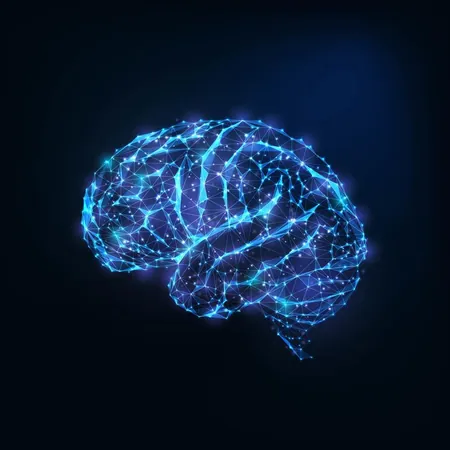
Breakthrough in Wheezing Detection: New Sensor Technology Developed
2024-09-25
Author: Jia
Introduction
Recurrent wheezing affects approximately one-third of school-age children during their early development, posing a serious long-term risk for lung damage as they age. Early identification of this condition is essential to improve treatment and preventive measures, yet current diagnostic capabilities, especially for young children, remain inadequate.
Development of New Sensor Technology
In an exciting development, researchers from China have unveiled a cutting-edge respiratory sensor designed for continuous and stable monitoring of breathing patterns. This innovative sensor effectively isolates itself from the interference of humidity and temperature variations typical in exhaled breath, thus allowing for accurate differentiation between wheezing and normal respiration.
Challenges with Traditional Sensors
Dr. Yuanjie Su, a senior author of the study from the University of Electronic Science and Technology of China, explained the challenges faced by traditional respiratory sensors: “Breath-carrying temperature and humidity co-exist and interfere with each other, reducing accuracy and stability when diagnosing respiratory issues.” He emphasized that conventional sensors mainly rely on the physical expansion and contraction of the body but often falter due to movement from limbs or coughing, impacting their precision.
Innovation in Sensor Design
The researchers have ingeniously combined highly conductive, low-density carbon nanotubes with polyacrylonitrile scaffolds. This unique integration enhances the sensor’s ability to detect exhaled gas streams. To tackle the issues caused by humidity and temperature, they encased the sensor in a flexible, hydrophobic latex film, ensuring minimal interference from external factors while maintaining the sensitivity needed for effective monitoring.
Significance of the Research
Junlong Huang, the lead investigator of the project, heralded this advancement as a transformative step for respiratory sensor technology. “Previous devices have struggled with the effects of environmental conditions and physical movements. Our new preparation method is a significant leap forward, potentially revolutionizing the way we monitor respiratory conditions,” he stated.
Potential Impact and Future Directions
The implications of this research are profound. By enabling the collection and analysis of multiple breath samples, the sensor can accurately identify potential respiratory diseases, addressing the critical variability inherent in individual breathing patterns.
As the team wraps up their initial findings, they express hope that this breakthrough will inspire further research into enhancing the sensitivity of respiratory monitoring technologies. The development could ultimately lead to better diagnostic tools for early detection and management of respiratory issues in children and adults alike, ensuring healthier lives for future generations.
Conclusion
Watch this space – the future of respiratory health monitoring may just be here!



 Brasil (PT)
Brasil (PT)
 Canada (EN)
Canada (EN)
 Chile (ES)
Chile (ES)
 Česko (CS)
Česko (CS)
 대한민국 (KO)
대한민국 (KO)
 España (ES)
España (ES)
 France (FR)
France (FR)
 Hong Kong (EN)
Hong Kong (EN)
 Italia (IT)
Italia (IT)
 日本 (JA)
日本 (JA)
 Magyarország (HU)
Magyarország (HU)
 Norge (NO)
Norge (NO)
 Polska (PL)
Polska (PL)
 Schweiz (DE)
Schweiz (DE)
 Singapore (EN)
Singapore (EN)
 Sverige (SV)
Sverige (SV)
 Suomi (FI)
Suomi (FI)
 Türkiye (TR)
Türkiye (TR)
 الإمارات العربية المتحدة (AR)
الإمارات العربية المتحدة (AR)